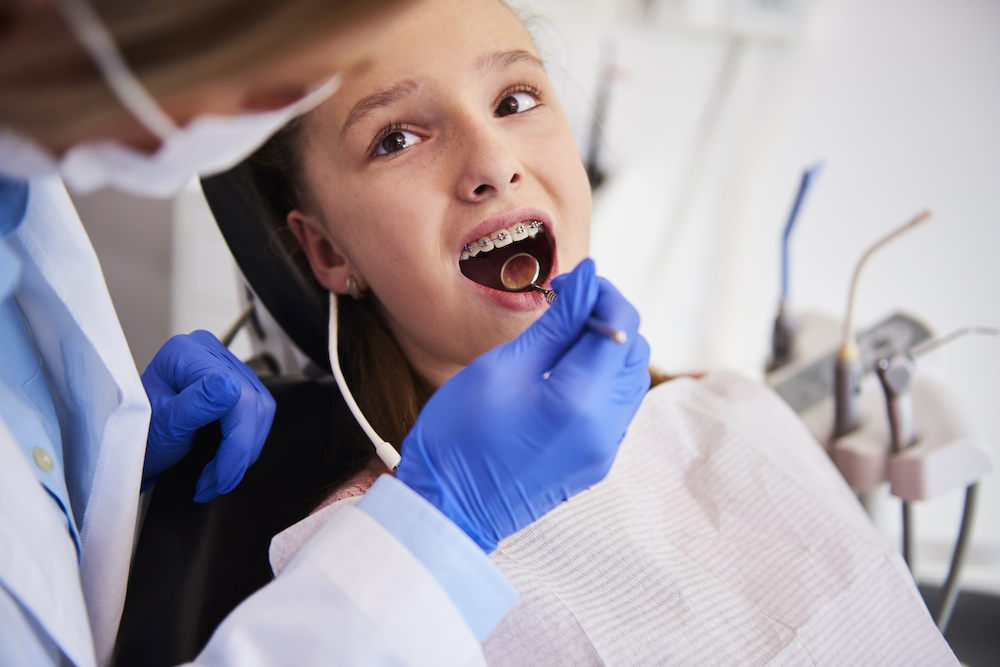
What Are Teeth Spacers?
Braces and clear aligners aren’t the only things you could have in your mouth during orthodontic treatment. You could also need different types of rubber bands or Invisalign attachments to help complete the correction process, or you might need teeth spacers.
What Are Teeth Spacers?
Teeth spacers are small elastic or metal pieces placed in between the teeth that create pressure to move the teeth apart. Most often, elastic spacers are used, although metal spacers may be used for more stubborn teeth.
These orthodontic appliances are sometimes used as a first-phase solution before moving on to braces. So if you get braces, there’s a possibility you may need teeth spacers beforehand.
Why Are Spacers Used?
Most people who get braces or other forms of orthodontic treatment won’t need to have teeth spacers. Some patients have teeth that are too close together, making it harder to keep teeth clean and resulting in a less than ideal smile. Crowding is common, and often one of the main reasons people need braces. However, moving forward with braces without using spacers to create more room first may not be the best treatment method.
How Teeth Spacers Are Applied
Getting teeth spacers is fairly simple and only requires a quick visit to your orthodontist. During the application process, your orthodontist will string the bands in between your teeth using floss, then detach the floss once the rubber spacer is in its proper position. The appointment to get the spacers installed is fairly painless and should be over quickly. Once the spacers are in, some patients experience a little discomfort due to the pressure from the spacers. Fortunately, spacers are a very short-term form of treatment. Once the spacers have served their purpose, the patient can move on to their braces or Invisalign.
Caring for Your Spacers
As with other orthodontic appliances, you will need to be careful with them while they are installed in your mouth. The first couple of days with spacers will likely be when you experience the most discomfort. You can alleviate this by taking over-the-counter pain medicine and drinking cold water before eating to help numb the gums. Eating soft foods can also help keep discomfort to a minimum while minimizing the risk of the spacers falling out. It’s also best to refrain from sticky or chewy foods since they can sometimes pull the spacers out.
If you refrain from poking or picking at your spacers and you avoid sticky foods, there isn’t much to worry about in terms of your spacers falling out. Even if they do fall out before your next appointment is scheduled, it’s no reason to worry. This typically means the spacers have done their job and there is now enough space for them to fall out on their own.
You can learn more about spacers and other types of orthodontic appliances you may need by scheduling your free consultation here at Milnor Orthodontics .
At Milnor Orthodontics, our experts are here to help you achieve a priceless smile. Call our office at (970) 484-3214 or visit milnororthodontics.com to learn more. We're located at 1103 S. Shields St. in Fort Collins, Colorado.







